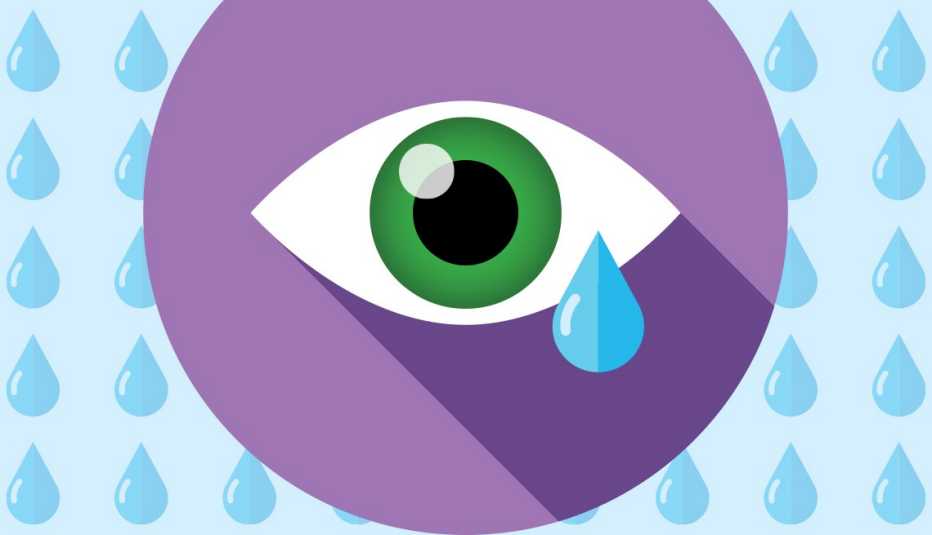AARP Hearing Center


Whether it’s a sad movie, news of a recent death or chopping onions, certain events can move you to tears. There are many different purposes to your tears, which is why your eyes produce anywhere from 15 to 30 gallons a year, according to the American Academy of Ophthalmology.
Although other animals shed tears, scientists have long said humans are the only animals capable of shedding emotional tears. But a small new study from Japan found dogs’ eyes welled up with tears of joy when being reunited with their owners. (See box at the end of the article for details.)
Why do we cry?
Just as there are many different reasons why your eyes well and sometimes spill over with tears, there are different types of tears, each made of different substances. We cry to protect our eyes, to wash out irritants and because, well, we are moved to tears. “There are three types of tears: basal tears, emotional tears and reflex tears,” explains David Silverstone, M.D., a professor of ophthalmology at the Yale School of Medicine.
The three forms of tears have some things in common. They all share certain key ingredients and are all made up of three layers, known as the tear film:
- An inner mucus layer to keep the tear stuck to the eye
- A watery middle layer to keep the eye wet, fight off bacteria and the cornea, or the clear outer layer of your eye
- An oily outer layer to prevent the tears from drying out
How are tears made?
The water in your tears is produced by the lacrimal glands above your eyes, Silverstone says. This fluid is made up of salt and water, which helps keep the surface of your eyes lubricated and healthy. The mucus and oil come from your meibomian glands, oil glands along the edge of your eyelids, where your eyelashes are. “In order for your tears to work properly, you need both components,” he adds. As you blink, these substances come together and spread across the surface of your cornea. They then drain into your tear ducts, the small holes in the inner corners of your eyelids, and down through your nose, where they either evaporate or are reabsorbed.

































































More on Health
What Is the Rarest Eye Color in the World?
How many eye colors are there, and why your shade is unique to youNew Vision Tests and Technology Can Help Save Your Sight
Open your eyes to these bright new solutionsIs Eye Disease Putting You at Risk for Blindness?
Early diagnoses of glaucoma, macular degeneration and more can save your sightA Guide to Healthy Weight Loss
Science-backed tools to help your weight loss journey